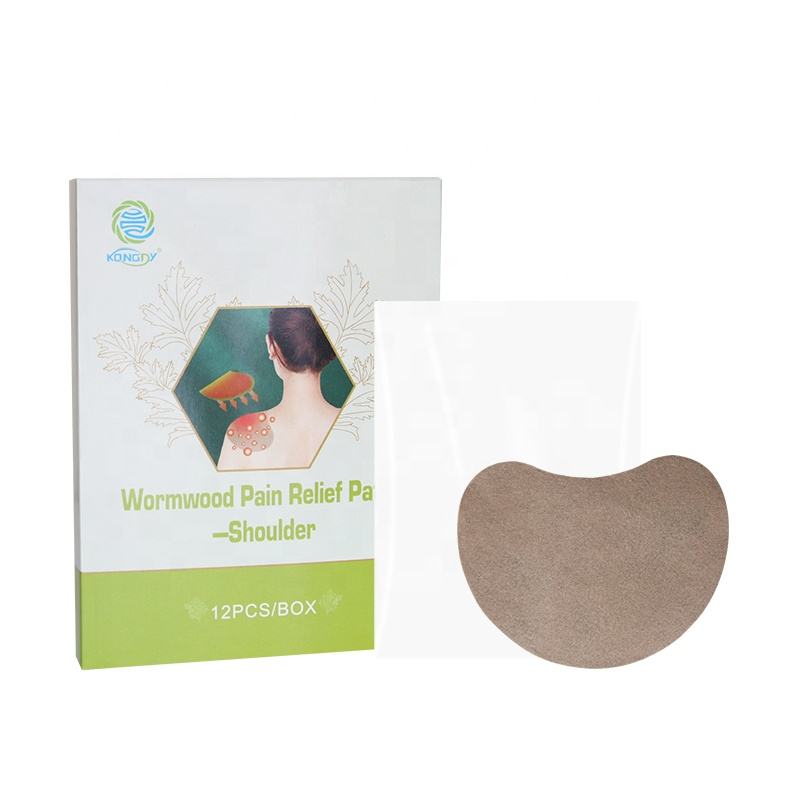Author:Kangdi 29-08-2023
Natural Pain Relieve Patch promise quick and convenient relief from aches and pains. However, with the variety of Natural Pain Relieve Patch available, it can be challenging to determine which one is right for you. In this article, we will explore what you can do right now to find the most effective pain relief patch for your needs. From understanding the different types of patches to understanding the ingredients, this article will provide you with the knowledge you need to make an informed decision.
01. Types of Natural Pain Relieve Patch:
Topical Natural Pain Relieve Patch: These patches are applied directly to the skin and deliver pain relief through the skin's surface. They are often used for minor aches and pains.
Transdermal Natural Pain Relieve Patch: Transdermal patches are designed to be applied to the skin and deliver pain relief medication into the bloodstream through the skin. They are often used for more severe or chronic pain conditions.
Temperature-Controlled Natural Pain Relieve Patch: These patches use heat or cold to provide pain relief. They can be effective for minor aches and pains, particularly those related to muscle soreness.
02. Ingredients in Natural Pain Relieve Patch:
NSAIDs (Nonsteroidal Anti-Inflammatory Drugs): These ingredients can help reduce pain, swelling, and inflammation. Common NSAIDs include ibuprofen and aspirin.
Salicylates: Salicylates are natural compounds that have anti-inflammatory and pain-relieving properties. Aspirin is a commonly used salicylate for pain relief.
Capsaicin: Derived from chili peppers, capsaicin can help alleviate pain by stimulating nerve fibers in the skin. It is often used in topical Natural Pain Relieve Patch.
Lidocaine: Lidocaine is a local anesthetic that can numb painful areas, providing quick relief for minor aches and pains.
Cyclomethicone or Petrolatum: These ingredients are often used in cold patches to provide a cooling sensation on the skin.
Wax or Silicone: These ingredients are often used in transdermal patches to help adhere the patch to the skin and deliver medication into the bloodstream.
03. Selecting the Right Pain Relief Patch:
Consider the type and severity of your pain: Different types of pain may require different types of patches. For example, topical patches may be more suitable for minor aches and pains, while transdermal patches may be better for more severe or chronic pain conditions.
Read ingredient labels: Be sure to read the ingredient labels carefully to identify the active ingredients and their purposes. If you are allergic to any of the ingredients, do not use the patch.
Choose a patch with multiple modes of action: Combination patches that contain multiple ingredients can provide enhanced pain relief by targeting different mechanisms of pain relief simultaneously.
Follow label directions: Apply the patch as directed on the label to ensure maximum effectiveness and safety.
Seek professional advice: If your pain persists or worsens, consult a healthcare professional to obtain a proper diagnosis and recommend the most appropriate pain relief treatment option for your condition.
Remember that Natural Pain Relieve Patch should be used as a complementary treatment method, not as a substitute for professional medical care. It is essential to consult a healthcare provider if your pain persists or worsens. By selecting the right pain relief patch and using it as directed, you can achieve effective and safe pain relief.
 0086 19937104978
0086 19937104978





